El Mozote massacre: Waiting for reparations 38 years later
Salvadorans who survived Latin America’s most brutal massacre of the 20th century still await promised reparations.
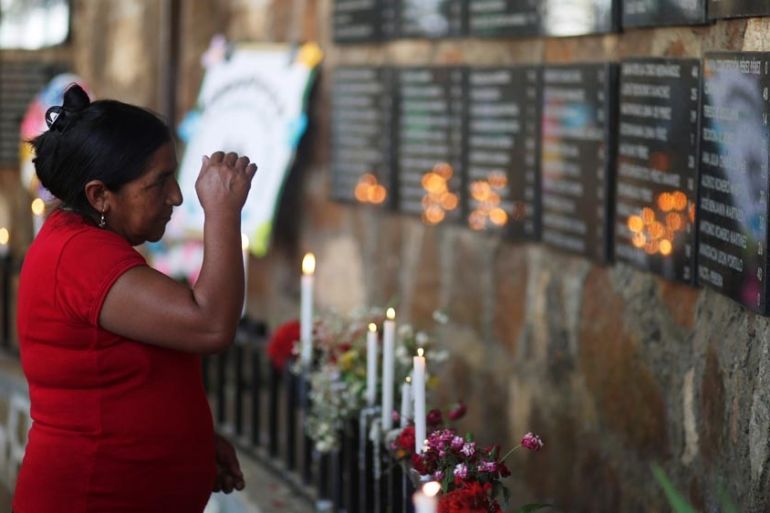
Los Quebrachos, El Salvador – Over the course of three days in December 1981, Salvadoran soldiers murdered nearly 1,000 women, children and elderly civilians in El Mozote and other towns in the northeastern province of Morazan in what has since become known as the most brutal massacre in Latin America in the 20th century.
Survivors reported hearing the screams of women and children before they were gunned down. Soldiers then burned their houses and crops and killed their animals.
Keep reading
list of 3 itemsEl Salvador judge expands 1981 El Mozote massacre case
El Salvador’s brutal civil war: What we still don’t know
Thirty-eight years later, survivors and families of victims are still fighting for recognition, justice and promised reparations. But due to bureaucratic mazes, and a new administration in place, the compensation they have been promised has effectively stalled.
Sofia Romero, whose parents were killed in the massacre, is one of many waiting for reparations. In order to receive her payment, she must prove her parents died and that they were, in fact, her parents. She thought she had gathered all the paperwork necessary, only to find out she needed more documentation for her grandparents.
“There were so many books that were burned, so where would the records be?” said Romero, 57. It’s a frustrating process for many who have already been traumatized by immense loss. “There are many people who give up,” Romero said.
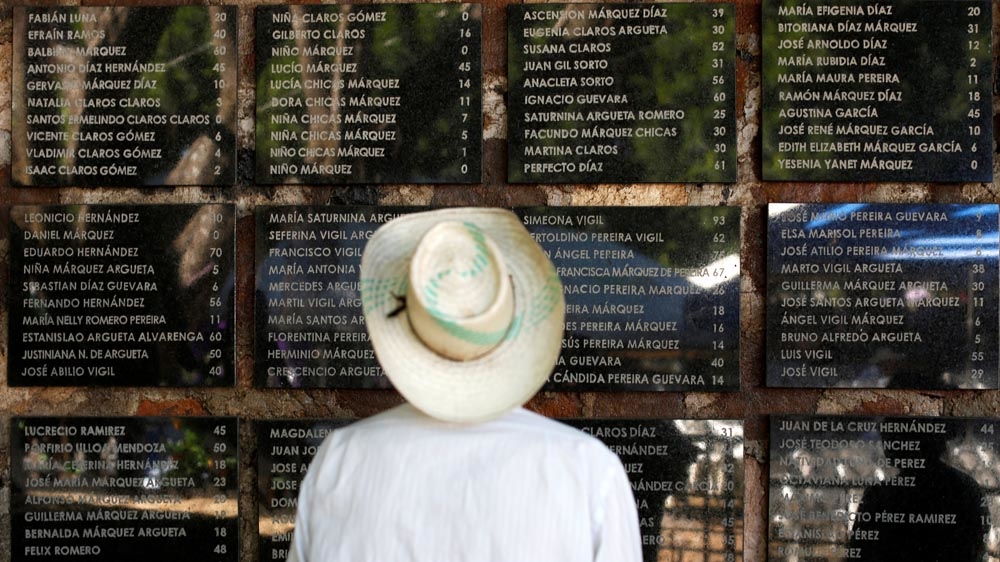
Romero returned to El Mozote in 2010 after decades of living in another Salvadoran city. She earns what she can selling tortillas and her sons send her money from Houston to help make ends meet.
Maria Eugenia Argueta de Santiago, whose six-month-old sister was killed in the massacre, is the only one of her surviving siblings who has not given up yet. She has had similar problems as Romero. Argueta de Santiago first had to prove her sister was born, but did not have the original birth certificate. Her sister’s remains have never been identified, presenting another challenge to proving her death.
Still, Argueta de Santiago is determined to continue the process so she can eventually receive reparations. “It’s a right that belongs to us,” said Argueta de Santiago, 41.
Justice, including reparations, becomes even more important with each passing year, as survivors – many now in their 70s and 80s – are fighting not just the government, but the clock. The oldest known survivor is 90 years old. Many survivors who were among the first to come forward with their testimonies have died without seeing justice or ever receiving a penny.
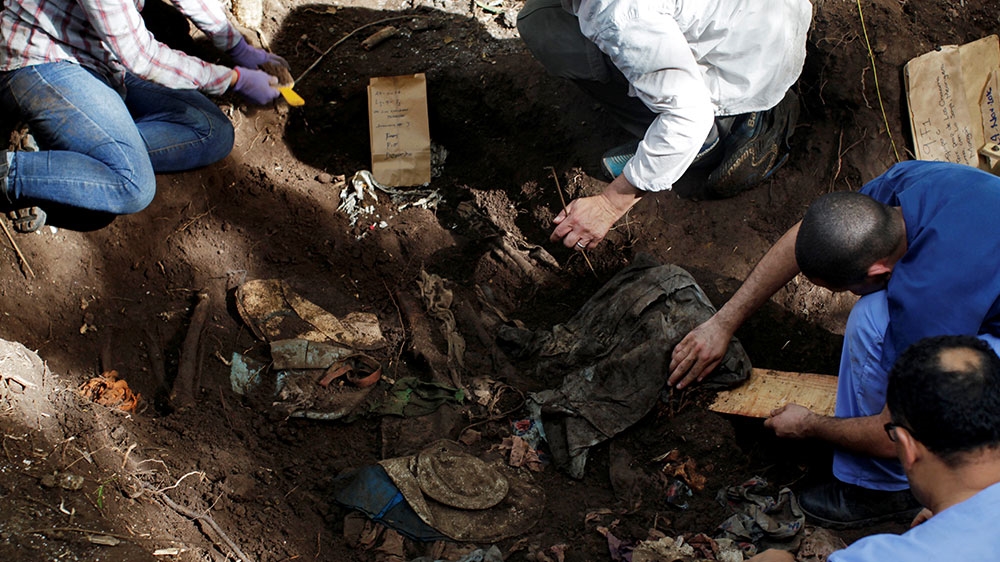
At 83 years old, Cesar Martinez is one of the oldest living survivors of the massacre. He now has a handful of health problems, including diabetes and high blood pressure. He wants the government to provide better healthcare to him and other aging survivors. There is a clinic in their community, but it closes on weekends, so they have to take a 20-minute bus ride to the nearest hospital.
“We’ve been forgotten,” Martinez said sitting outside his friend’s house in their community in Morazan on a recent cloudy Thursday afternoon. They are surrounded by the mountains that once sheltered them from the massacre.
Reparations ordered, promised, not fully delivered
The elite Atlacatl Battalion that carried out the 1981 murders was trained by the United States, which gave billions of dollars to El Salvador during the course of its civil war from 1980 to 1992. On the wall of one house, they wrote, “the Atlacatl Battalion will return to kill the rest,” Martinez told The New York Times in 1982. Martinez fled but his parents, sister and sister’s children were among the victims. Despite forensic evidence and victims’ testimonies that show nearly half of the victims were under the age of 12, the Salvadoran military continues to maintain that the deaths were the result of fighting between troops and rebel forces.
In 2012, the Inter-American Court for Human Rights (IACHR) issued a ruling requiring the Salvadoran state to investigate the crimes and compensate victims for their losses. But nearly four decades after the massacre, the process has effectively stalled due to bureaucratic obstacles, a political transition and empty promises from politicians.
The UN also says reparations are an integral part of transitional justice to promote healing after state-sponsored crimes.
Following the IACHR ruling, victims’ demands for reparations became a concrete list of actions for the Salvadoran government. The president at the time, Mauricio Funes, agreed to comply and subsequent administrations have said the same.
Public projects would be carried out in El Mozote and surrounding towns to bring them better roads, access to water and electricity and improved health and education services. The state would help relocate the victims who wanted to return to their communities. Victims would receive medical and psychological treatment. And some would be paid a lump sum of money ranging from $10,000 to $35,000 depending on how closely they were affected by the violence.
The government has followed through with part of this mandate. It has invested in schools, roads, and healthcare services. From 2013 to 2018, the Salvadoran government said that it had allocated $10m for reparations for the victims of El Mozote massacre.
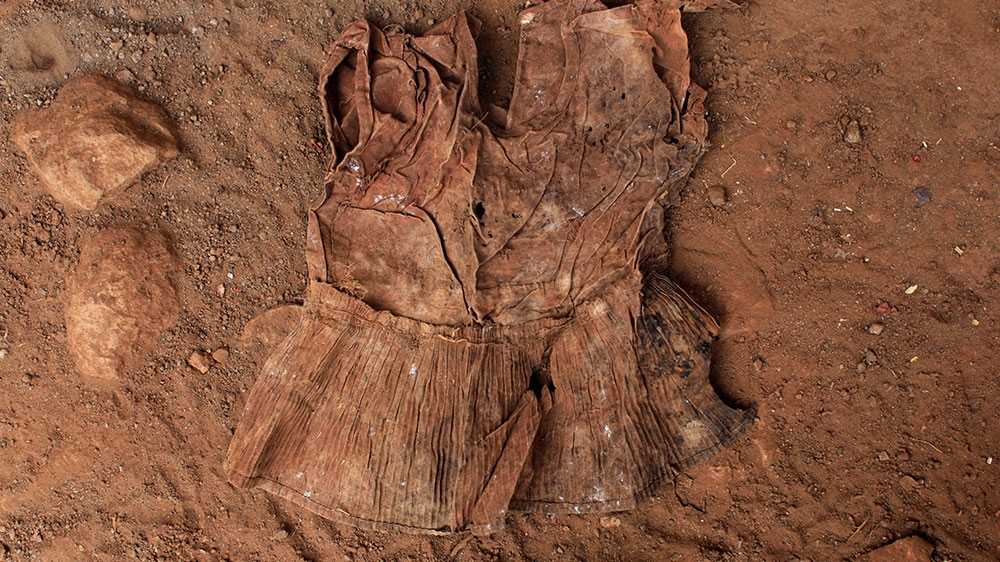
But victims say funds for development have been concentrated in the town of El Mozote and have not helped other surrounding towns that were also affected. Many victims are trudging through the bureaucratic process of approval to receive their payment. Human rights law firm Tutela Legal that represents the victims estimates that only 15 percent of the reparations ordered by the IACHR ruling have been carried out.
“The problem is that many, many survivors don’t have the documents that link them directly with the victim,” said Ovidio Mauricio Gonzalez, a lawyer with Tutela Legal.
The office of the president did not respond to Al Jazeera’s request for comment.
Broken promises
Until recently, a government office was helping victims with this process of compiling documentation and qualifying for reparations. After taking office earlier this year, President Nayib Bukele invited a group of victims to San Salvador to have lunch with him so he could hear their concerns. He promised to support the victims of the El Mozote massacre and carry out the IACHR ruling, according to multiple victims who attended the meeting.
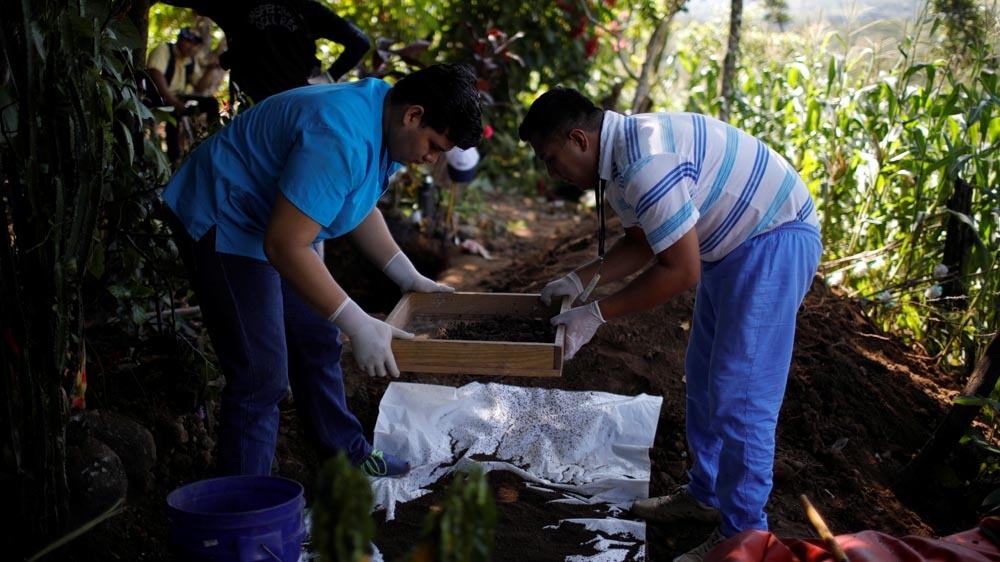
But shortly after he took office, Bukele shut down the government office that attended victims as part of an internal reorganization of government institutions under the new administration. Since then, victims say they no longer have a direct contact there who can answer their questions.
“He promised us,” Martinez said. “But there is nothing.”
For Martinez, reparations would mean quality medical care in his old age. For Romero, home improvements. For Argueta de Santiago, a new house and a college education for her kids.
“We’re waiting to see the resolve of this government and if he is going to continue with reparations,” said Argueta de Santiago. “That’s what we as victims always hope for and demand: that they follow through with what is written in the sentence.”